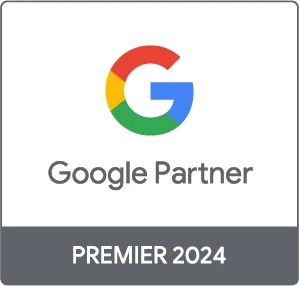
The Evolution of SEO
The constant need to offer a better search experience to the individual user and the constant battle against SEO professionals and webmasters seeking to manipulate Google’s search algorithms were the driving forces behind the shift in the type of ranking factors:
a shift from keyword-specific and technically-manipulated search, to today’s semantic search; in essence, smarter search that seeks to boost accuracy by taming ambiguity via an understanding of context (Grimes, 2010).
Today, the factors affecting the rank of a website for a given search query on Google are hundreds. In an effort to categorize these factors, the research of Searchmetrics “2014 Ranking Factors Study” lists:
- content
- technology
- backlinks
- user signals
Basic Factors of SEO success
– Keyword Discovery Process: Establish which keywords correspond to the target audiences’ intent as searchers. Once the target keywords have been established, the website has to be structured accordingly: Each page has to target a set keyword or keywords and each page has to result in a website architecture that allows both the visitors and the Search Engines’ spiders to navigate.
The keyword discovery process begins with understanding the interests of all relevant stakeholders; what are potential clients searching for in each step of their conversion funnel? What are suppliers, retailers or fellow professionals within the same industry searching for?
The keyword list that will result from this endeavor has to be expanded and optimized with the use of tools and resources such as Google Suggest, AdWords Keyword Planner, the news, YouTube or BuzzSumo. This process will lead our client to an optimized list of keywords that reflect the idiomatic use of language the targeted audience uses in Search, will gather the highest possible search volume and will result in highly-shareable content.
For that, content marketing is an integral factor of modern SEO, whilst still being equally relevant to the success of a firm’s digital strategy without the attached SEO benefits it provides.
– Backlinks: Content may be a necessity, but backlinks are still relevant. And given that the backlink profile of a website used to be its key ranking factor, Google has gone a long way into attempting to counter any manipulation attempts of its algorithm. Under its Panda algorithm techniques in the sorts of unusual linking paterns within irrelevant or thin context started becoming penalized and websites that employ such tactics will loose ranks rapidly.
As the Panda algorithm continuous evolving with every update, any non editorial link from non authoritative websites is a potential reason for penalization. Links that that are not supported under Google’s guidelines include internet directories, off-topic infographics and other embeds, guest posts, spam-commenting with follow-links, and PR announcements automatically shared on multiple domains.
In the current state of Google’s algorithm and in accordance with the trend developed by all “Panda” updates, the goal of any brand looking to create successful SEO campaigns is to strive to achieve editorially earned links.
For that to happen, the website’s content has to be of a quality that other webmasters and editors will seek to link to it. In order to increase the chances of editorial backlinks being earned, brands and professionals have to build relationships with stakeholders that could further the content’s exposure: customers, audience, industry experts, associates, press, industry bloggers etc.. Finally, brands can also buy exposure for their pieces of content through advertising, that will then bring organic links if the targeted audience finds the content relevant and helpful.










